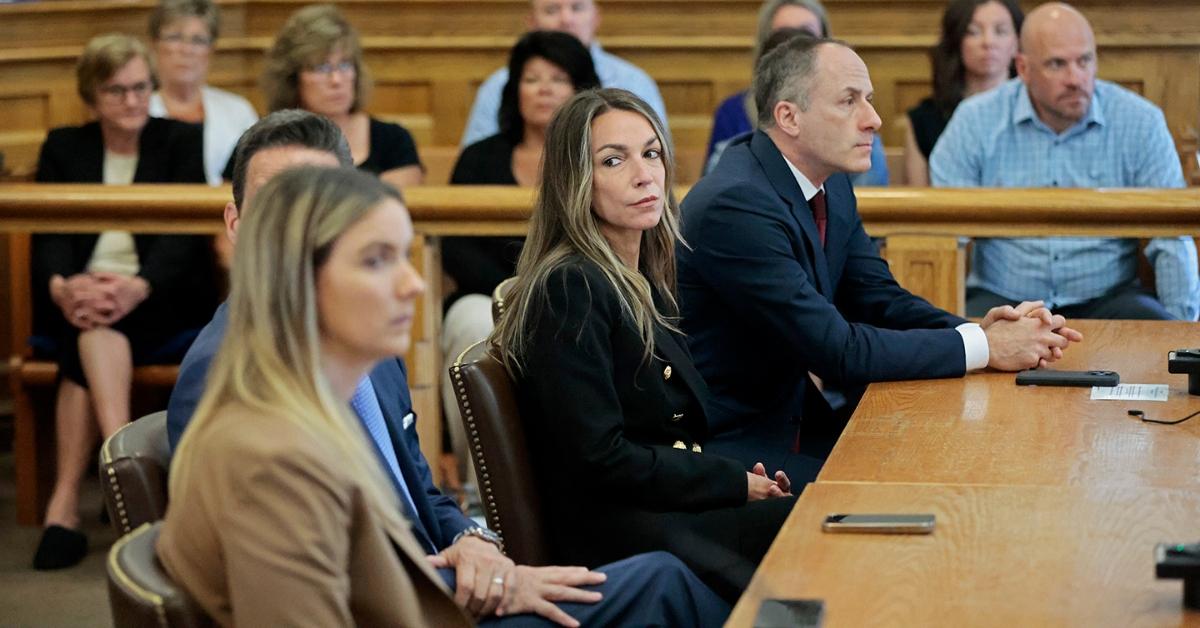The Highly Publicized Karen Read Murder Trial Has Been Declared a Mistrial
The trial began in April 2024 and in June 2024, the jury began deliberations. Despite their best efforts, the jury remained stuck.
Updated July 1 2024, 2:51 p.m. ET

The highly publicized murder trial of Karen Read — who was accused of killing her Boston police officer boyfriend — caught the attention of the masses as soon as it began on April 16, 2024.
Read, who worked as an adjunct professor at Bentley College, claimed that she dropped off her boyfriend, John O'Keefe, at a friend's house on the evening of Jan. 28, 2022. When he didn't return by the next morning, she drove back to the friend's house — only to find O'Keefe's body lying dead in the snow.
Police eventually charged Read with second-degree murder in addition to a manslaughter charge and leaving the scene of an injury/death. Her defense claimed that law enforcement framed her, and that O'Keefe had been beaten inside the house and dragged outside. But prosecutors said Read hit O'Keefe with her car and left him to die.

Karen Read leaves Norfolk Superior Court on June 25
The verdict in the Karen Read trial is not really a verdict at all. It's been ruled a mistrial.
The jury for the Karen Read murder trial was unable to reach a unanimous decision which lead to Judge Beverly Cannone declaring a mistrial on July 1, 2024. They began deliberations on June 28, but on day four they sent a note out to Judge Cannone stating that "despite [their] exhaustive review of the evidence and [their] diligent consideration of all disputed evidence, [they were] unable to reach a unanimous verdict."
The Commonwealth disagreed with this, stating the jury did spend sufficient time discussing the case. Read's lawyers sided with the jury and focused on the word "exhaustive."
"They are communicating to the court that they've exhausted all manner of compromise, all manner of persuasion, and they're at an impasse," said David Yannetti. He pointed to the fact that they only asked one question and had already been working hard for nearly four full days.
Judge Cannone reminded the court that she ultimately decided, and disagreed with the amount of time the jury has spent looking at evidence as they only had one full day of deliberation, on June 26.
The jury was dismissed early on the other days. "We heard from 74 witnesses. There were 657 exhibits. There are very complex issues in this case. I'm not prepared to find that there have been due and thorough deliberations at this point."

On July 1 after deliberating for two hours, the jury once again sent a note to Judge Cannone stating they were still conflicted but it had nothing to do with the available evidence. They were divided by their "fundamental differences" as well as their "deeply held convictions." Judge Cannone sent them back in to deliberate, stating that a new jury would be pulled from the same pool of people and would be no more equipped to come to a decision.
They finally sent a third note, which resulted in the mistrial.
What does a mistrial mean?
One thing that is undeniable about this case is how diligent the jury was. They clearly took their job as jurors very seriously and according to some reports, did not look happy about their inability to come to a concrete conclusion. When NBC10 Boston spoke with legal analyst Michael Coyne about the mistrial, he was able to provide some insight into what happens next.
When a mistrial is declared, the prosecution decides whether or not they would like to move forward with a second trial. In Read's case, Coyne believes they will because there is a victim involved and that victim was a beloved police officer.The government believes they have the right person and another, which undoubtedly will be shorter, affords them the opportunity to fix their mistakes from the first.
Issues that could come up for Read are whether or not she can afford another trial and if so, will her lawyers be available in terms of their schedules. A third possibility is the government will strike a deal, though Coyne thinks this is highly unlikely. A status court date has been scheduled for July 22, 2024 at 2:00 p.m.